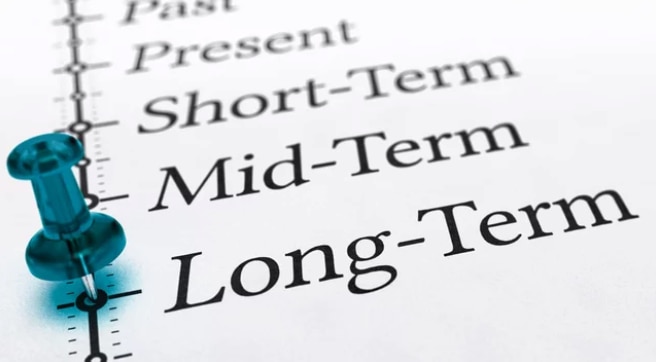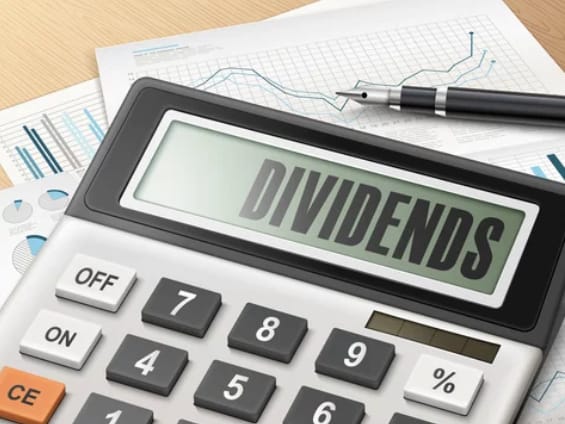Investment is a logical way for every individual or business person looking to thrive economically. The percentage of people investing in the stock market is high and increases every day. There are several ways you can invest in stocks. Some buy shares of individual companies or own the stock shares partially through mutual funds or ETFs.
The stock market has a wide variety of opportunities you can invest in. You can invest in growth stocks, small-cap stocks, penny stocks, mid-cap, large-cap, or preferred stocks. What about common stocks? What do you need to know about these stocks? These are stocks trading on common or public markets, much more popular than other stock types. Keep reading to know what is common stock.
What Is a Common Stock?- Get the Details
Common stock, or ordinary stock, is a type of stock investment representing partial ownership in a company. This type of investment is the most preferred stock investment by most investors. They are stocks of publicly-traded companies, excluding any owned privately.
Common stocks are varied, just like public companies. However, they do have many characteristics in common, including.
- They are traded in common markets (stock exchange market). Their prices are made public, making buying and selling easy, enhancing its liquidity.
- Common stocks pay dividends. These dividends are usually quarterly dividends, with the amount payable fluctuating. Most companies will try to maintain it at a constant amount or increase it with time.
- Common stocks give you the right to vote in the company’s policy. Anyone in possession of the common stocks of a company is eligible to vote in the company’s procedures and policies, such as voting on the board of directors.
Common stocks also guarantee capital appreciation to investors. Other than receiving dividends, your capital investment keeps on appreciating for the better. You may access and analyze a company’s information on common stocks in the accounting balance sheet.
How Does Common Stock Work
Common stocks, just like other stocks, are traded throughout the day on the stock market. Its price can fluctuate depending on its demand. Common stocks of a particular company are affected by public relations, corporate earnings, and the economic status of the US.
You get to earn money through two methods. First, you earn through capital appreciation. This occurs when you buy stock shares at lower prices, wait for the prices to hike, then dispose of them when the prices are at the peak. The second way of earning in common stocks is through dividend payout. This is usually done every quarter. You can choose to receive your cash dividends or reinvest them in the stock market. Don’t be overwhelmed yet; you stand a chance to lose all your capital investment if the stock prices dip.
Demand for common stocks rises when the earnings forecast is upwards, which has been, for example, the case with nickel stocks lately. Investors in the company will bid up the price of its stock if they expect the earnings to go up, mostly if the current price is low. Investors can access insights into this by calculating the company’s price-to-earnings ratio.
If the company’s revenue is also expected to go up, the price of the common stocks will also increase. This is a common case in companies established recently, unlike blue-chip companies that are well-established and have had constant growth for longer periods of time.

Should I Buy Common Stocks?
There are many reasons for investing in common stocks. And a few reasons to have a second thought. Common stocks give a good opportunity to investors and brokerages looking to grow their capital investment. Besides its tendency for capital appreciation, it’s a great deal regarding dividend payments. Two main factors drive many investors into investing in common stocks. These reasons are listed below.
- Investors trade common stocks for steady income generation. Common stocks offer dividend payments, which supply income to their investors.
- Other investors trade in common stocks for capital appreciation. Such investors buy these common stocks at lower prices, wait for the prices to improve, then resell them at higher prices, making a profit in the long run.
Capital appreciation, of all the reasons investors invest in common stocks, is the leading reason to invest in these stock categories. Common stocks represent partial ownership of the company. Therefore, an increase in the company’s earning will also translate to stock prices. In such a scenario, your capital investment will appreciate automatically, especially if you pick up on these stocks worth buying right now.
Common stocks have risks but at lower levels. Common stocks will work out perfectly with a viable trading strategy in action. Risks may occur, and you may lose your capital investment if prices go too low or in case of the company’s bankruptcy.
The most viable option when investing in common stocks is considering a long-term investment like these stocks that you can hold forever. A longer time frame for investment lowers the risk on your capital investment. In terms of security, you’ll be safe when investing in common stocks for the long term more than any other investment. In addition, the common stock market can experience a boom and increase in value over periods but go through a dip for a more extended period. During this phase, shares drop in value and price and may be worthless. And what does this one mean to an investor? When such a dip happens, a loss is recorded, and investors may lose their whole investment. During this phase, shares drop in value and price and may be worthless. And what does this one mean to an investor?
When such a dip happens, a loss is recorded, and investors may lose their whole investment.
Those looking to invest on a short-term basis may consider investments other than common stocks. Such investors can diversify their portfolios by investing in several assets to spread the risks. Lastly, investing using a robo advisor could be a smart financial decision, but you need to research them carefully.

How Are Common Stocks Created?
Common stocks pass through several stages before being traded (see also day trading in Canada). It starts with an initial public offering. Here, the company partners with any investment bank to help determine the suitable price for the stock and the number of shares to be made available for trading in the stock market.
Converting the company and making it public gives its early investors and employees a chance to sell their shares at profits. From there, potential buyers get attracted and sooner or later start buying and selling them on markets like the New York Stock Exchange.
Do Common Stocks Offer Dividends?
Yes, the Common stock guarantees its investors a dividend payment on fixed payout times. Most companies pay dividends to their investors every quarter. Dividents arise from the company’s profits, which are then distributed to the company’s investors. However, it’s upon the stockholder to decide whether to receive the dividend or reinvest it back into the market.

The company directors decide on the amount to be paid as dividends to the investors. Payment periods are also fixed, with some receiving dividend payouts twice every year and some getting them quarterly. A company may cancel out dividend payments when its earnings go down. However, they hesitate to take such actions as this may imply a low business phase which may cause investors to turn away.
Is Common Stock the Same as Preferred Stock?
Common stocks and preferred stocks are two different assets. Despite the possibility of being offered by the same company, they are different in their specifications.
Both represent partial ownership in the company; however, common stocks come with voting rights. On the other hand, preferred stocks do not have such. A company may decide to buy back preferred stocks if the need arises, unlike common stocks, which the company can’t buy back. Such features on preferred stocks give them little or no chance of value rise over a short timeframe.
However, preferred stocks are beneficial in dividend payout than common stocks. They pay more dividends to their shareholders than what common stocks investors receive. Dividends paid to preferred stock shareholders are fixed and only change after the company determines how much will be paid to common stock dividends.
Common stockholders may be disadvantaged in several ways if the company goes bankrupt. The same may apply when the company is being restructured. Bondholders are given priority, with the preferred stockholders getting the second priority. The group coming last is the common stock shareholders. In worst cases, common stockholders may not receive anything.
In conclusion, common stocks have flexible dividend payments while preferred stocks have fixed dividend payments. Lastly, preferred stock is more prioritized than common stock in times of crisis.
What Are the Advantages of the Common Stock?
Common stocks do have several advantages, namely:
- They offer dividend payments to their shareholders.
- They have higher capital growth than other investments.
- They have lower risks when invested over the long term.
What Are the Common Stock Disadvantages?
Despite common stocks having several pros, they do have several disadvantages. These include:
- There are higher risks of losing your investment if the company goes bankrupt or is restructured.
- Companies aren’t obliged to pay dividends. When the company’s earnings reduce, it may stop paying dividends to the investors.
- Prices of common stock may fluctuate. When it experiences a massive drop, investors may lose their investment.
The Bottom Line
Common stocks are the most preferred stock investment by the majority of investors. It offers an upper hand to its investors over other investments. Other than dividend payments, they also have higher capital investment growth. Risks that may limit some from investing in this stock are its lower prioritization in times of crisis like bankruptcy. But in conclusion, it’s a good investment to opt for both experienced and new investors. Give it a try, but make it a long-term investment.